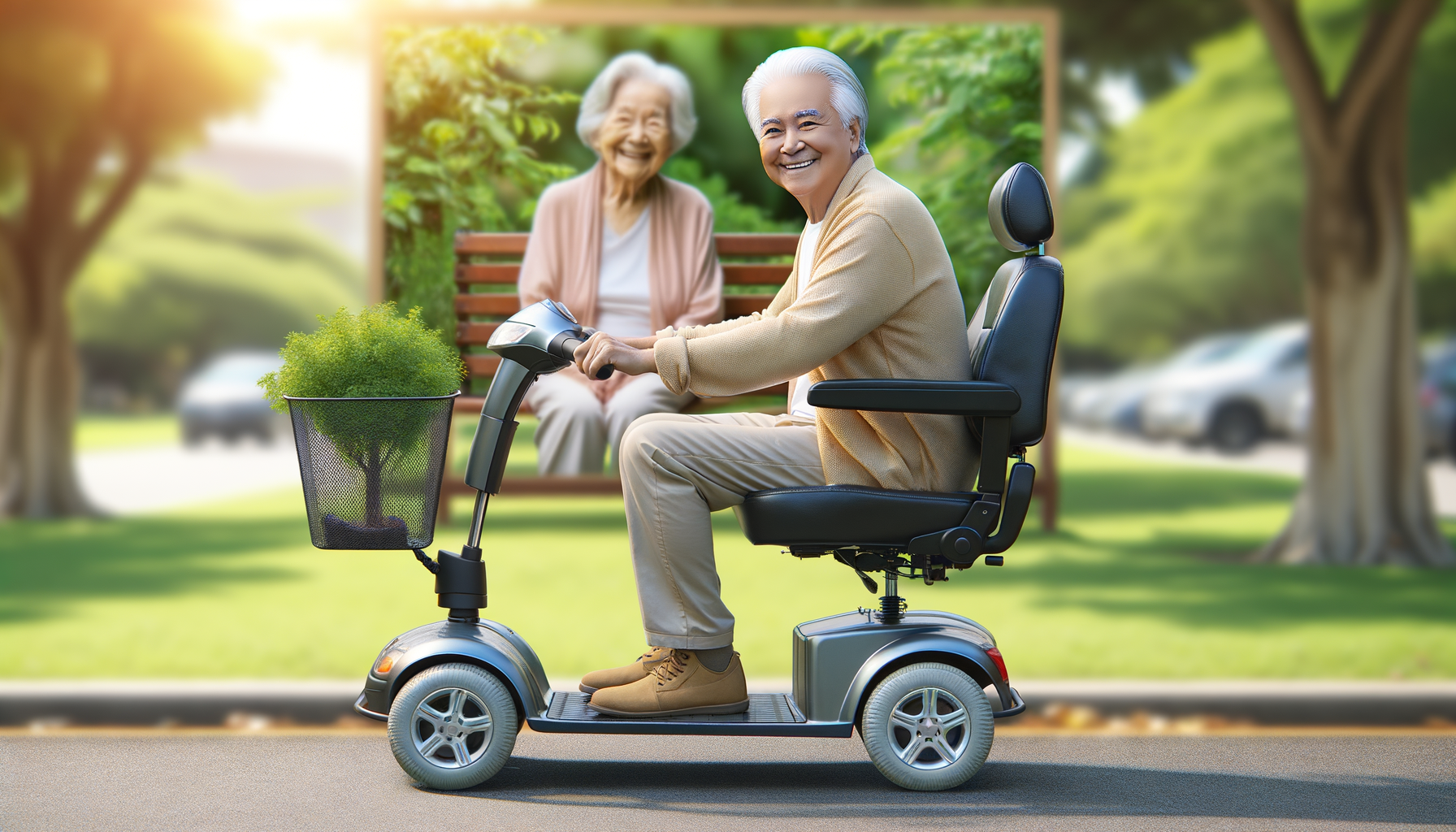Understanding the Types of Walking Aids
Walking aids have evolved significantly over the years, offering a variety of options to meet different needs. From simple canes to more advanced rollators, each type of walking aid serves a specific purpose. Understanding these differences is crucial in selecting the right aid for your needs.
Canes are among the most common walking aids and are ideal for individuals who require minimal support. They help with balance and can reduce the risk of falls. Canes come in different forms, including single-point canes and quad canes, which offer more stability due to their four-legged base.
Walkers provide more support than canes and are suitable for those who need assistance with weight-bearing. Standard walkers require the user to lift and move them, while wheeled walkers, or rollators, have wheels that allow for smoother movement. Rollators often come equipped with seats, making them a versatile choice for those who need to rest frequently.
Crutches are designed for individuals who need to keep weight off a specific leg or foot. They require upper body strength and balance, making them less suitable for elderly individuals without these attributes. Forearm crutches offer more stability and are often used for long-term mobility issues.
Finally, knee scooters are a modern alternative to crutches, providing a comfortable and efficient way to move around without putting weight on an injured leg. They are particularly useful for those recovering from foot or ankle surgery.
Choosing the Right Walking Aid for Your Needs
Selecting the appropriate walking aid involves considering several factors, including the user’s physical condition, lifestyle, and personal preferences. The right walking aid should enhance mobility without compromising comfort or safety.
Firstly, assess the level of support needed. For minor balance issues, a cane might suffice. However, for more significant mobility challenges, a walker or rollator may be more appropriate. Consider the user’s strength and endurance; those with limited upper body strength might find a rollator easier to handle than a standard walker.
Next, think about the environment where the walking aid will be used. For indoor use, a lightweight and maneuverable aid is ideal. For outdoor use, consider durability and stability, especially if the terrain is uneven. Rollators with larger wheels are often better suited for outdoor environments.
Personal preferences also play a role. Some users might prioritize aids with additional features such as storage baskets or seats. Comfort features like ergonomic handles can significantly impact the user’s satisfaction and willingness to use the aid regularly.
Consulting with a healthcare professional can provide valuable insights into the most suitable options. They can offer personalized recommendations based on medical history and current mobility challenges.
The Impact of Walking Aids on Quality of Life
Walking aids do more than just assist with mobility; they can significantly enhance the quality of life for individuals with mobility challenges. By providing the necessary support, walking aids empower users to maintain an active lifestyle, which is crucial for physical and mental well-being.
One of the primary benefits of walking aids is the increased independence they offer. Users can perform daily activities with greater ease and confidence, reducing reliance on caregivers or family members. This independence can lead to improved self-esteem and a more positive outlook on life.
Moreover, walking aids can contribute to better physical health. Regular movement is essential for maintaining muscle strength, joint flexibility, and cardiovascular health. Walking aids enable users to engage in physical activities, such as walking or light exercise, that they might otherwise avoid due to fear of falling or fatigue.
Social interaction is another area where walking aids make a significant impact. Mobility challenges can lead to social isolation, but with the right aid, individuals can participate in social events and community activities, fostering connections and friendships.
Finally, walking aids can enhance safety by reducing the risk of falls. Falls are a leading cause of injury among older adults, and using a walking aid can provide the stability needed to prevent such incidents.
In summary, walking aids are more than just tools for mobility; they are gateways to a fuller, more engaged life. By choosing the right aid, individuals can enjoy greater freedom and improved quality of life.








